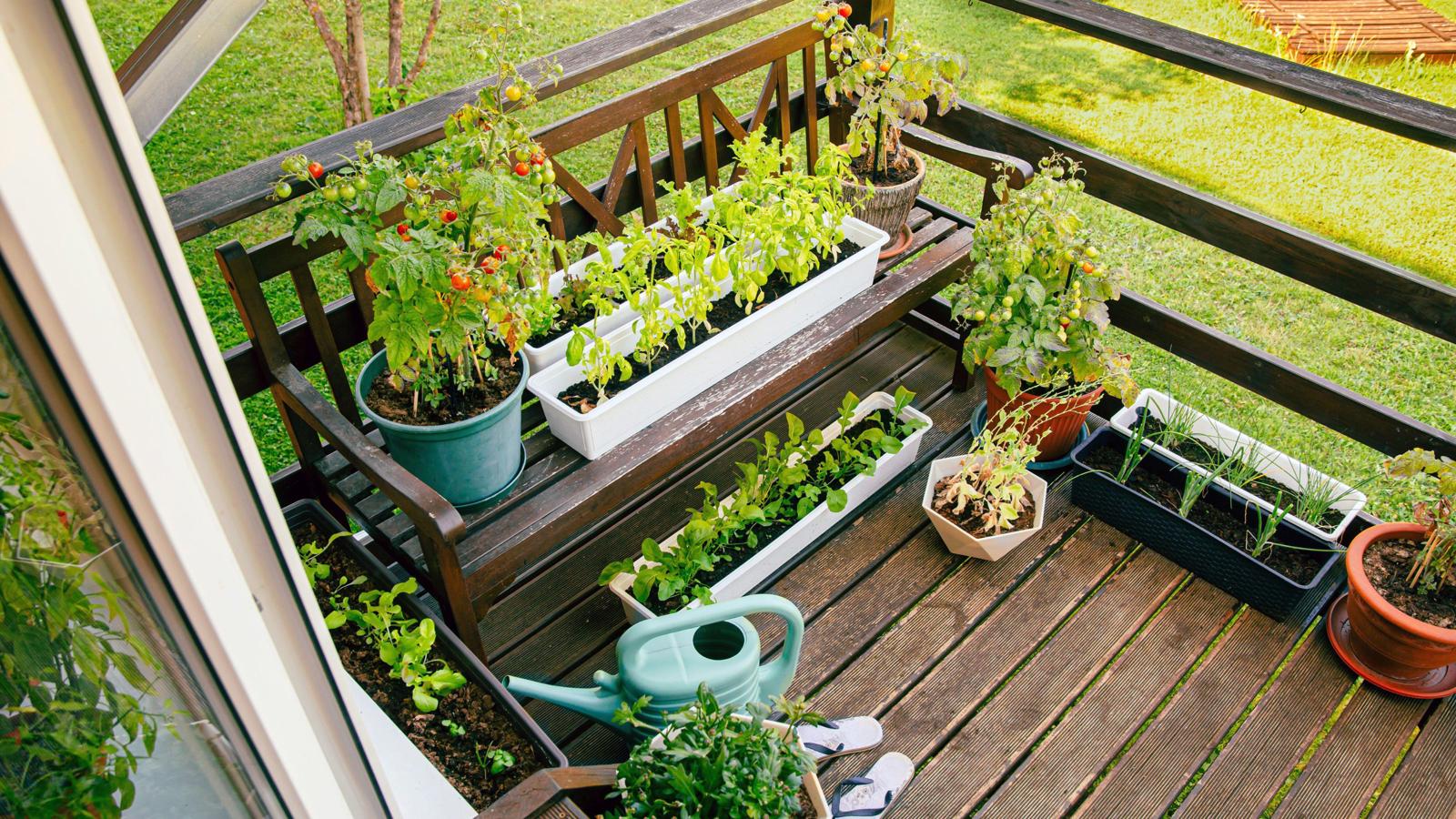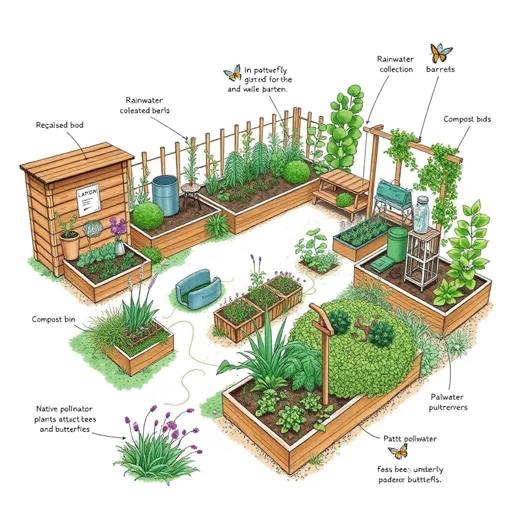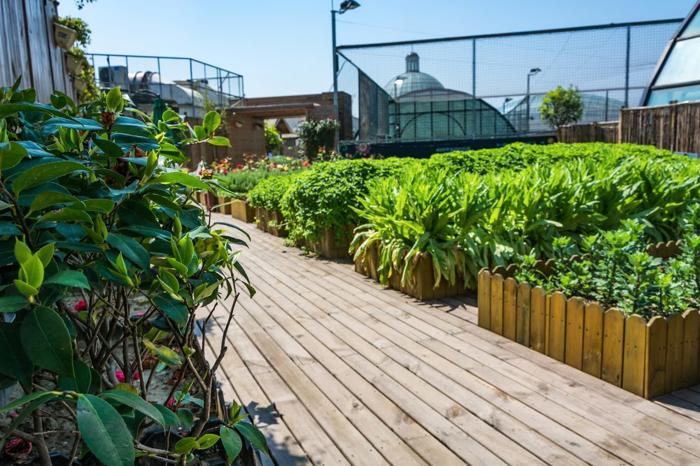How to Start a Home Garden with Limited Space
A Comprehensive Guide to Creating a Thriving Home Garden in a Small Space

Frequently Asked Questions
Ideal plants include herbs (like basil and parsley), salad greens (such as lettuce and spinach), and compact varieties of vegetables (such as cherry tomatoes, mini peppers, and radishes) because they thrive in limited spaces.
Watering frequency depends on the plant type and weather conditions; however, a general rule is to check the soil moisture every few days and water when the top inch of soil feels dry.
Step by Step Guide
1
Assess Your Space
Begin by evaluating the area you have available for gardening. This could be a balcony, patio, windowsill, or any small outdoor area. Measure the space to understand its dimensions and sunlight availability, which will inform what plants you can grow.
2
Choose Your Garden Type
Decide on the type of garden you wish to create. Options include container gardening, vertical gardening, or utilizing raised beds. Each method is suitable for limited spaces, allowing for creativity and efficient use of square footage.
3
Select the Right Plants
Choose plants that thrive in small spaces. Consider growing herbs, salad greens, or compact varieties of vegetables such as cherry tomatoes, peppers, and radishes. Pay attention to the growth habits of each plant to ensure you allocate enough space.
4
Gather Your Supplies
Collect all necessary supplies, including containers, soil, seeds or seedlings, and tools like trowels, watering cans, and hand pruners. Ensure your containers have drainage holes to prevent waterlogging.
5
Plan Your Layout
Sketch a layout of your garden space considering plant height and sunlight needs. Place tall plants at the back or top (in vertical gardens) and shorter plants in front. This prevents shading of smaller plants while ensuring all receive adequate light.
6
Plant Your Seeds or Seedlings
Plant your chosen seeds or seedlings according to the instructions provided, paying attention to spacing requirements. For seedlings, gently remove them from their pots and plant them in your prepared containers or garden beds.
7
Water and Maintain Regularly
Establish a regular watering routine based on the needs of your plants. Most will require watering every few days, but make sure the soil doesn't remain soggy. Include routine maintenance such as weeding, pruning, and checking for pests.
8
Fertilize as Needed
Utilize organic fertilizers or compost every few weeks to provide necessary nutrients to your plants. This is especially important in containers, as they can deplete nutrients more quickly than traditional gardens.
9
Monitor for Pests and Diseases
Regularly check your plants for signs of pests or diseases. This can include yellowing leaves, damaged fruits, or visible insect presence. Use organic pest control methods or remove affected parts to maintain plant health.
10
Harvest and Enjoy
Once your plants begin to produce, harvest the fruits, vegetables, or herbs as needed! Enjoy the fresh produce you have grown, rewarding your efforts and enhancing your meals.
11
Plan for Seasons
Consider the season's influence on your garden and how you might rotate plants depending on seasonal conditions. Learn about what can be grown in each season, and plan your planting schedule accordingly.
12
Join a Community
Consider joining local gardening clubs or online communities where you can exchange tips, share experiences, and ask questions. This also provides support and encouragement while keeping you motivated in your gardening journey.
13
Document Your Progress
Keep a gardening journal or take photos to document the growth of your plants. This will help you learn from successes and challenges, providing valuable insight as you continue gardening in limited spaces.
14
Inspire Others
Share your gardening journey and successes with friends, family, or on social media. Inspire others to create small gardens and spread the joy of growing plants, even in limited spaces.








